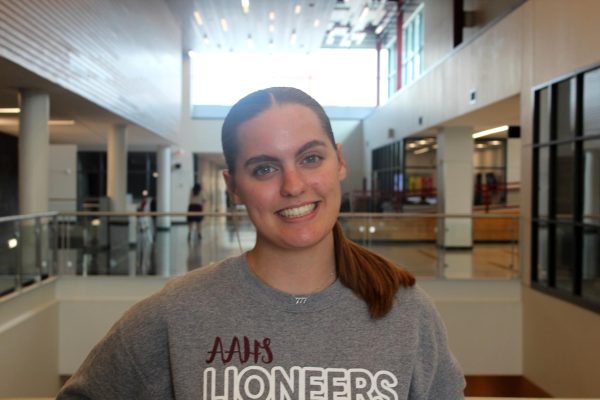Chemistry teacher Christine Falger holds certain labs at the end of every school year. These labs include the reaction stoichiometry lab (parts one and two), saponification and the sublimation mug lab.
The labs incorporate lessons taught throughout the entire year.
“They [the labs] are hands-on, so if you learn something in class, you can apply the techniques and the skills to be able to do the lab,” Falger said. “It’s definitely active. They’re not just sitting there listening to me talk or doing worksheets. They’re actively involved in everything we’re doing.”
The reaction stoichiometry labs include food, so students are actively observing and handling ingredients in pancake batter and s’mores.
“We did the pancake lab, and it was about limiting excess reactants,” sophomore Ava Frye said. “It taught us how much of a product we’re allowed to put in an experiment,”
The pancake lab is part one of the reaction stoichiometry labs.
Sophomore Julian Trimmer participated in different experiments all year.
“I thought I wasn’t really going to like it [chemistry] at the beginning of the year, but it was a lot of fun,” Trimmer said. “Mrs. Falger is a really good teacher and it was a really good experience,”
The labs at the end of the year tied in prior knowledge learned in the earliest parts of the semester.
Sophomore Liam Cicero took prior knowledge from an activity series lab earlier in the year and related it to the pancake aspect of the reaction stoichiometry lab.
“I learned about which elements are most reactive and the pancake lab taught me excess and limiting reactants, so I found some similarities between the two experiments,” Cicero said.
The similarities between the labs both dealt with reactivity and reactants.
Falger traditionally ends the year with these experiments.
“Chemistry is not something that isn’t fun,” Falger said. “Science is not scary. Science is not something to not want to look into. Science is something that they should have fun, and want to explore.”


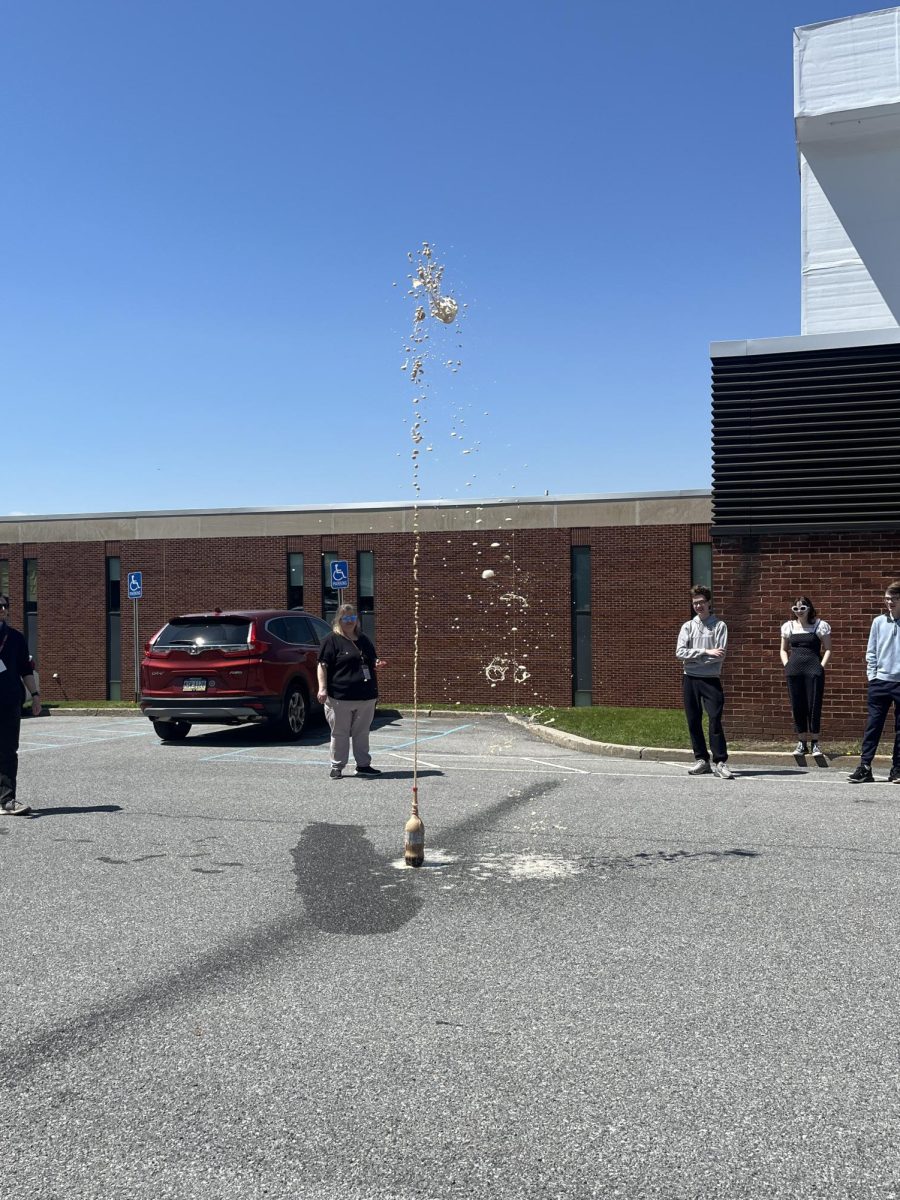
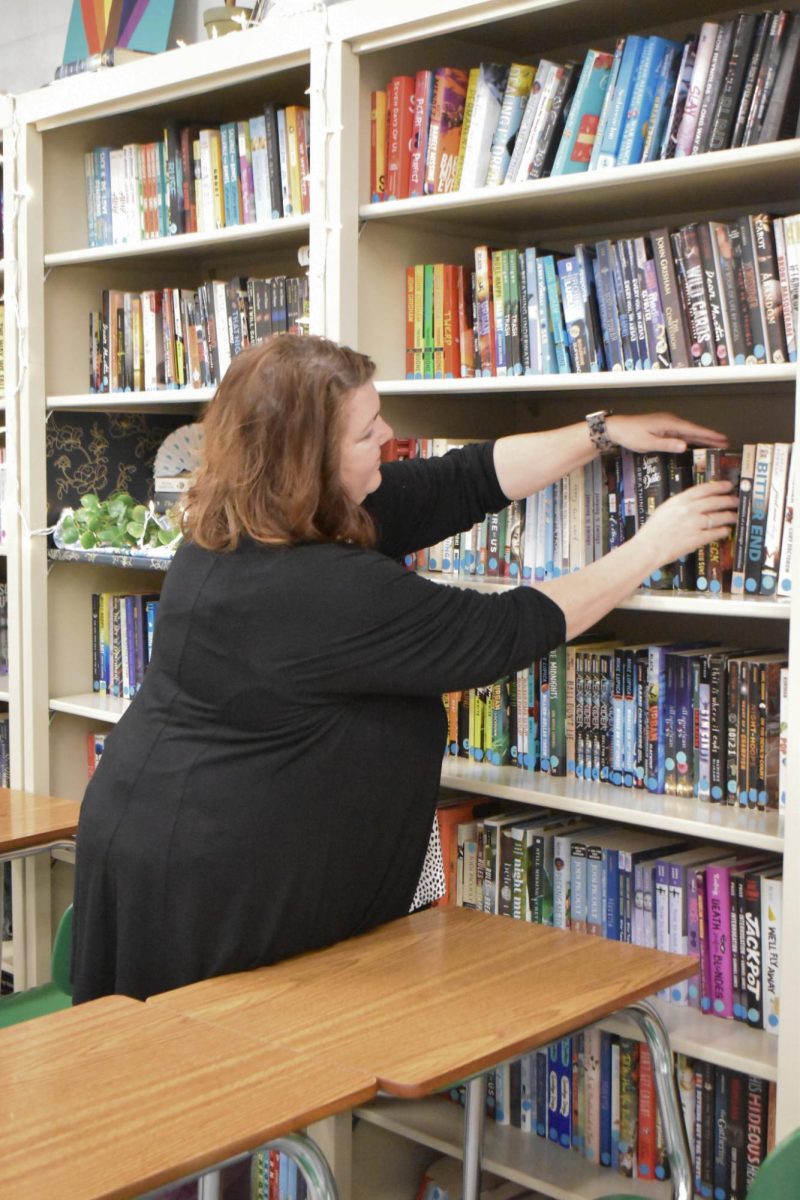
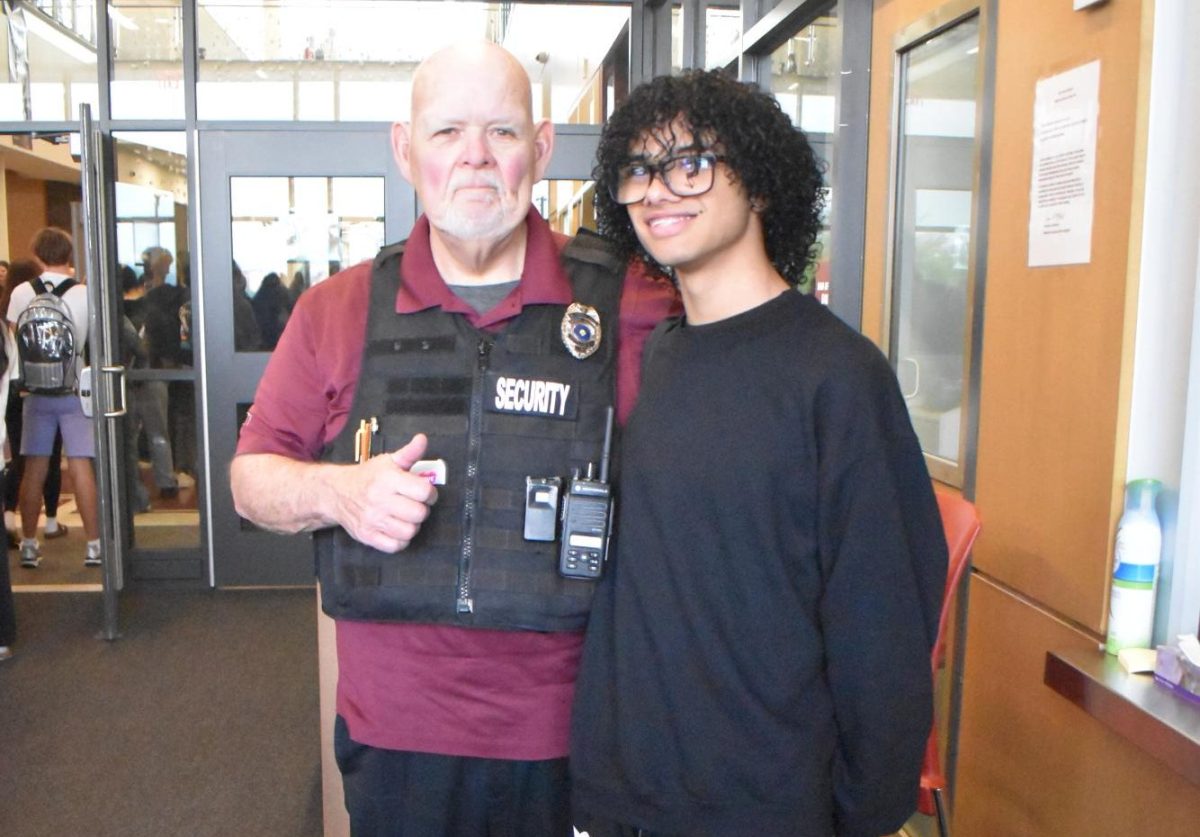
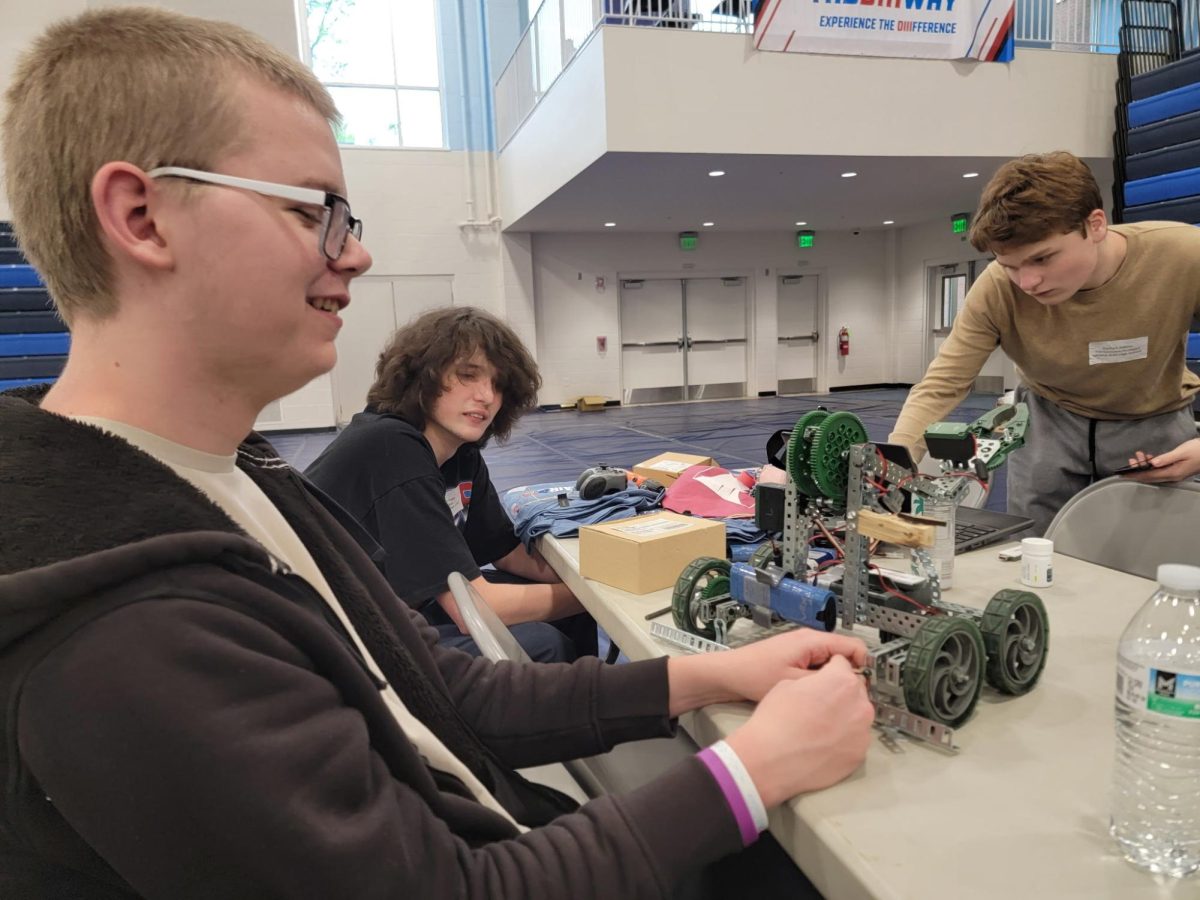
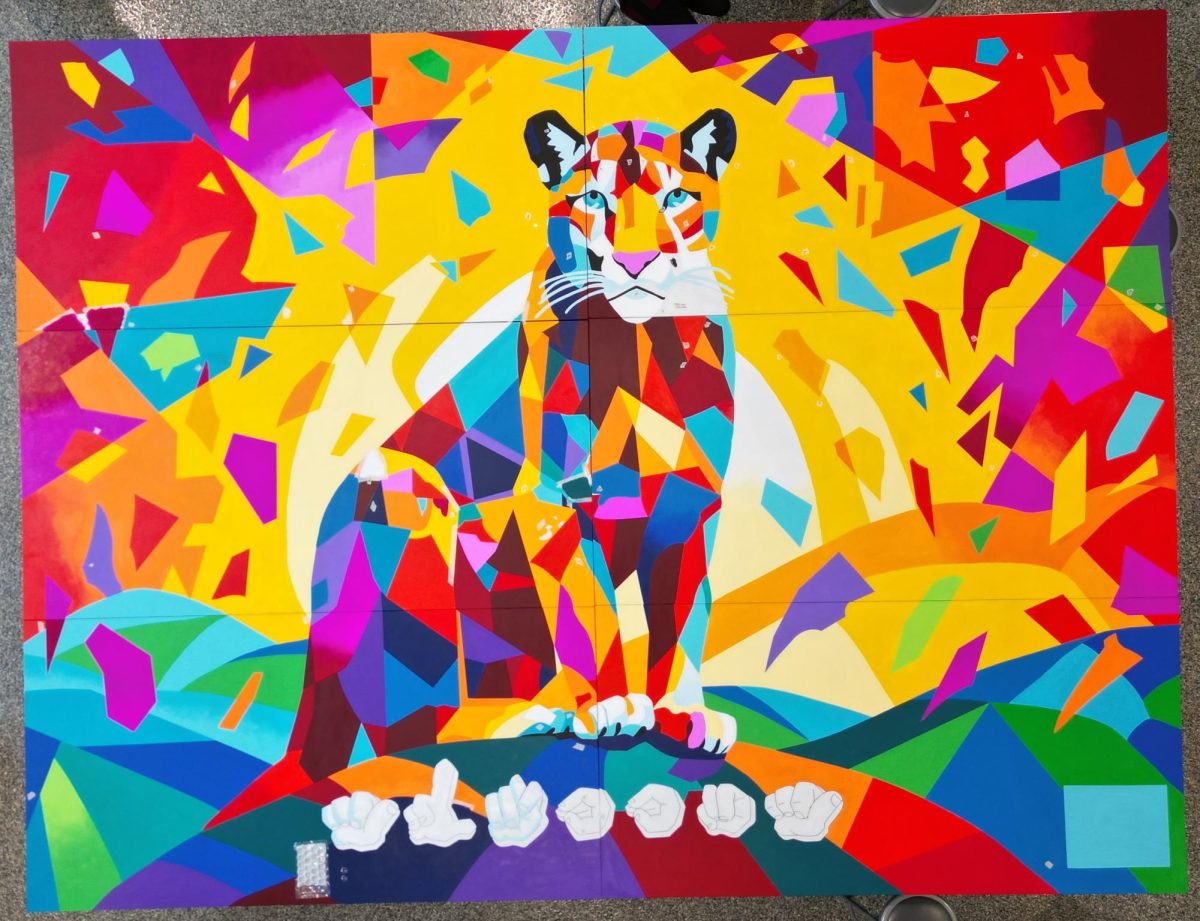
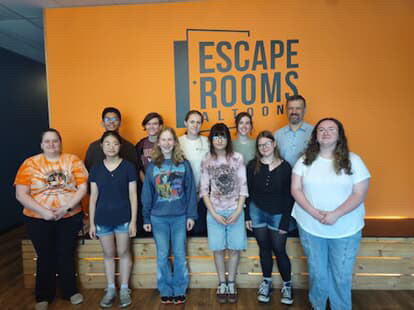
![Mountain lions. At the end of this school year, both K. Detwiler and L. Detwiler are retiring. Both have taught music for over 30 years. "[Retirement] was a decision my husband and I made together," K. Detwiler said. "This is 35 years for me, and that's kind of when retirement age comes with teachers. Both of my children this past summer have moved out of Altoona. That was a big factor in it as well. We want to be able to go and visit. We are a very tight family, and we just haven't been able to see them. We're deciding it's time to put them first. They have sat second for a long time because of these jobs we have." [From left to right: L. Detwiler, K. Detwiler] (Photo contributed by Kelly Detwiler)](https://aahsmountainecho.com/wp-content/uploads/2025/05/IMG_0191-901x1200.jpg)
